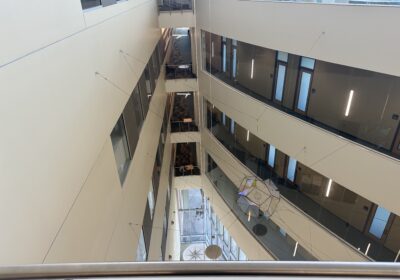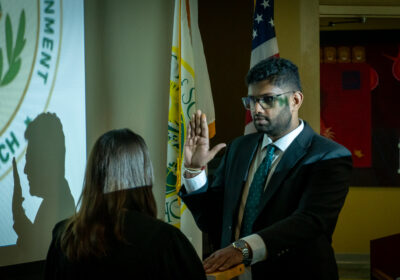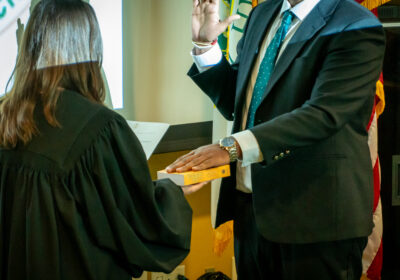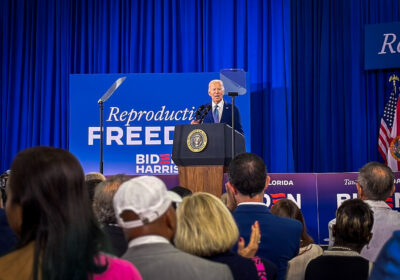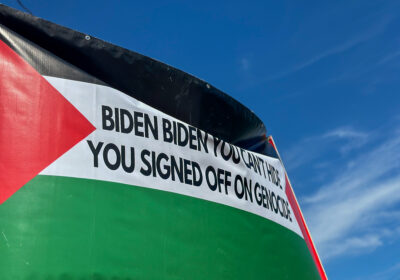Lottery replaces merit criteria for Alternative Spring Break
Students hoping to spend their spring break alternatively are now subject to the luck of a draw.
Beginning this year, Alternative Spring Break (ASB) attendees will be selected through a lottery method, said ASB Board member Patrick Howland.
There are 131 spots available for ASB trips, and 87 applications are submitted so far, Howland said. The ASB Board will use a random number generator to choose applicants, he said.
Jennifer Espinola, director of the Center of Leadership and Civic Engagement, said she thinks the lottery system is a fair way of selecting which students go on the ASB trips.
“Before, there was potential for site leaders to pick all their friends to go on their trip,” Espinola said. “I’m not saying that happened, but there was potential for that, so this way the students get to say, ‘That’s the trip I want. I’m going to sign up for it.'”
In the past, students filled out applications that included an explanation of where they want to go and why, Espinola said.
“We had an application online and then (students) would rank the trip that they wanted,” said ASB Board member Jennifer Drenth. “Then the ASB Board would go through them and would read applications and weed out any applications we thought were weak.”
Site leaders then reviewed applications of students who ranked their sites and conducted face-to-face interviews with them, Drenth said. Based on the interviews, site leaders would select participants.
The attendees for the ASB trips will be selected at the ASB Fair in the Upper Gym Campus Recreation Center on Thursday at 8:30 p.m.
At the fair, applicants can get information on the different sites they can visit during their trip.
“We’ll call the first number and then the first number who gets called will basically get first pick at the trip that they want, and so on,” Howland said.
During ASB trips, students perform community service projects in cities throughout the country. Trip locations for the spring semester include Washington, D.C., New Orleans and New York City, according to the USF Leadership and Civic Engagement Web site.
Espinola said the board is working to enhance ASB trips every year.
“It really is one of the most powerful experiences I think students can have at USF,” Espinola said. “Especially when you get to see the difference you can make in a community in just five to seven days, it’s very impacting.”
Drenth said ASB is a life-changing experience.
“In 2009, there were 66,000 students (from various Universities) that participated in ASB,” she said. “When you have that many people getting involved around the country in ASB, that makes a huge difference.”

